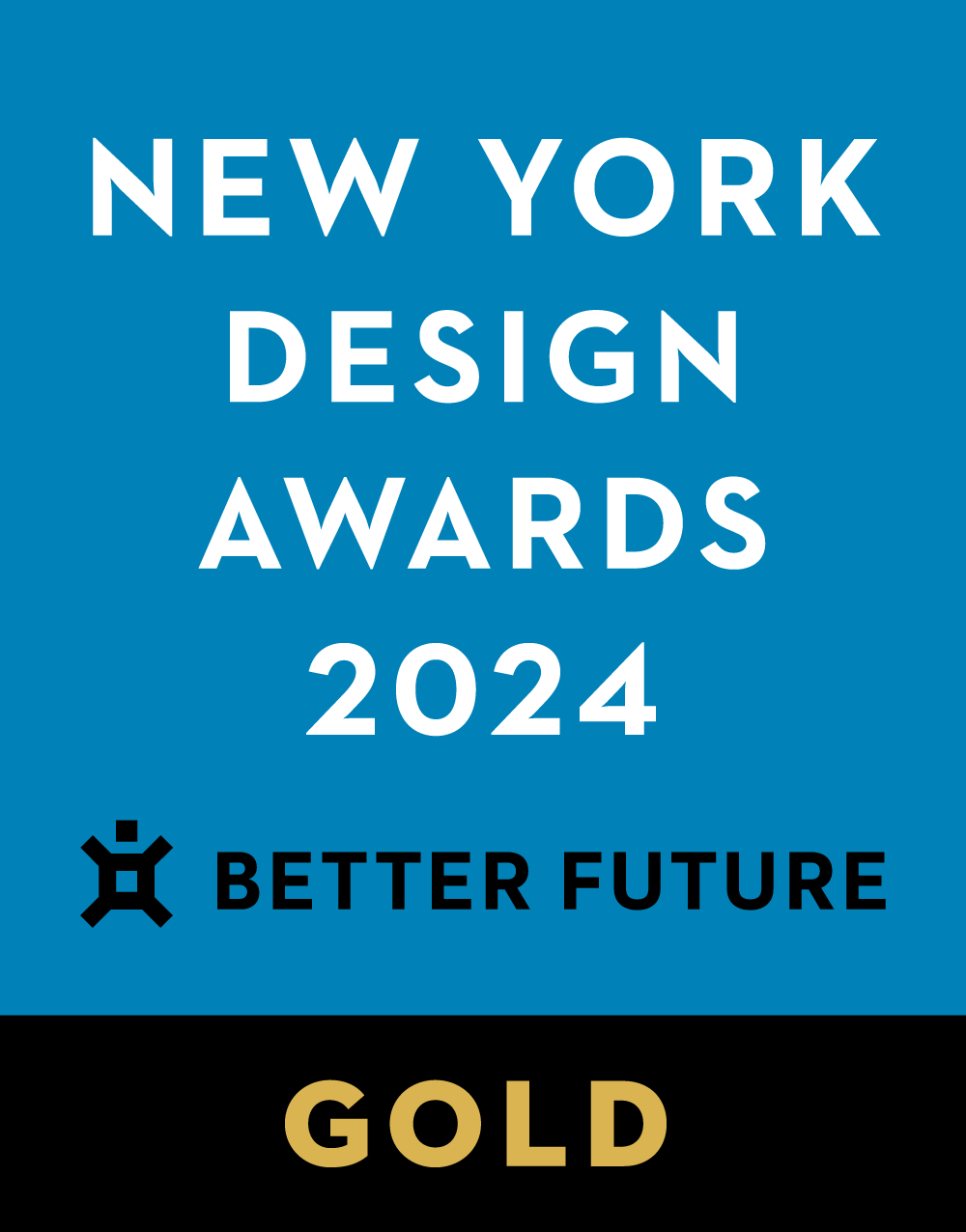









Image Credit : Weiren Huang, Zhichun Zhou

Project Overview
Meizhou Dongshan Hospital is a modern, large-scale tertiary comprehensive hospital situated in the city of Meizhou— the "Capital of Hakka in the World" and "Home of Longevity" in Guangdong Province, China. With a vision to build a national-level regional medical and health management center, the development plan envisions a total investment of RMB 6 billion. The initial phase, projected to occupy a land area of 200,000 square meters and offer 3,100 beds, is allocated funding of RMB 2 billion for the construction of the outpatient building, medical technology building, inpatient building, physical examination building, etc.
Organisation
Team
Guoxi Fang, Qiyou Chen, Zhiyan Su, Wenjuan Xie, Yajuan Zhang, Xuanzheng Shi, Xiaoquan Que, Ningmei Huang, Jinxue Zheng, Rongsi Huang, Jieqing Yang, Yuanhui Huang, Xiqin Yang, Jianzhong Zheng, Xiaogang Wan, Xuehui He
Project Brief
Based on "field spirit", the space design project of Dongshan Hospital builds a professional and efficient medical space with a unique IP image that integrates nature and art from the perspectives of function, visual sense, humanities, etc. Inspired by the Meijiang River and the implication of water, the functional spaces are designed for easier access, optimized processes, and efficient medical treatment through an efficient transportation system, signage, and a display wall of doctors. Following the design concept of "de-hospitalization" and the patient-oriented principle, the team makes designs in different spaces and uses natural materials in hard and soft decoration supplemented by visual-friendly lighting design. Coffee & book bars here provide a convenient, comfortable, and humanistic medical experience, and help generate a unique brand image for Meizhou Dongshan Hospital.
Project Innovation/Need
1. Embracing a 'humanistic hospital' ethos, the hospital aims to foster a distinct cultural identity and a cohesive, systematic culture reflective of its core spirit. Actively transforming these principles into spatial designs, it sets new benchmarks in the pursuit of patient-centered medical development and pioneers a modern hospital where humanism and science are seamlessly integrated.
2. The striking design of the outpatient lobby incorporates fluid water elements within its atrium, creating a serpentine sense of movement. The combination of vast glass curtain walls and landscaped courtyards delivers openness, clarity, and inclusivity to the space. Design elements like curved flooring patterns and sustainable materials reflect the underlying design philosophy, enhanced by wood-grain aluminum ceilings for added warmth.
3. Drawing inspiration from the ginkgo tree, a symbol of life, the interior color scheme utilizes the yearly transitions of leaf colors to thoughtfully delineate different functional spaces, thus enhancing the overall sensory pleasure with aesthetic beauty.
4. Infusing the concept of a “community within the hospital”, the design introduces lifestyle zones such as cafes and art galleries to craft spaces for relaxation. This approach helps reduce the stress of both patients and medical staff and contributes positively to the healing process.
5. The forest-themed pediatric outpatient department is conceptualized from a child's perspective to integrate playfulness with leisure and discovery. The abundant use of natural wood finishes and soothing colors transforms the area into a comforting, 'home-away-from-home' atmosphere for child patients.
Design Challenge
1. Adoption of a holistic, systems-based approach to design. This is primarily reflected in the integration of hard fixtures, soft furnishings, and signage. It necessitates systematic thinking, control, coordination, and unification to create a natural, cozy, approachable, comfortable, and cohesive medical space within the broader system framework.
2. Creation of a cohesive garden-style hospital experience with blended interior and exterior landscapes. By bringing outdoor elements into indoor patient areas and courtyards, the design helps unify the building's landscape, offers patients a therapeutic changing view as they navigate the clinical zones, and builds a 'garden-style' hospital that fosters recovery and alleviates stress.
3. Establishment of a unique hospital brand presence. A systematic brand VI and intuitive signage system are adopted to not only streamline patient navigation but also reinforce a strong, recognizable professional identity and spirit of the institution, thereby deepening patient-clinician trust.
Sustainability
1. Adhering to a core philosophy of "patient-centricity and operational efficiency", the design integrates a variety of equipment features, enabling a streamlined primary traffic flow while improving the overall spatial comfort.
2. Indoors, the focus on "cost-effectiveness, environmental sustainability, and energy conservation" leads to a reevaluation of the architectural module system. The space is modularized, and material dimensions are standardized, thus reducing material costs and facilitating easy maintenance and replacement. Natural materials are used, and the extensive application of floor-to-ceiling glass curtain walls brings natural light into the interior, thereby reducing carbon emissions.
Interior Design - International Public or Institutional
This award celebrates innovative and creative building interiors with consideration given to space creation and planning, furnishings, finishes and aesthetic presentation. Consideration also given to space allocation, traffic flow, building services, lighting, fixtures, flooring, colours, furnishings and surface finishes.
More Details

